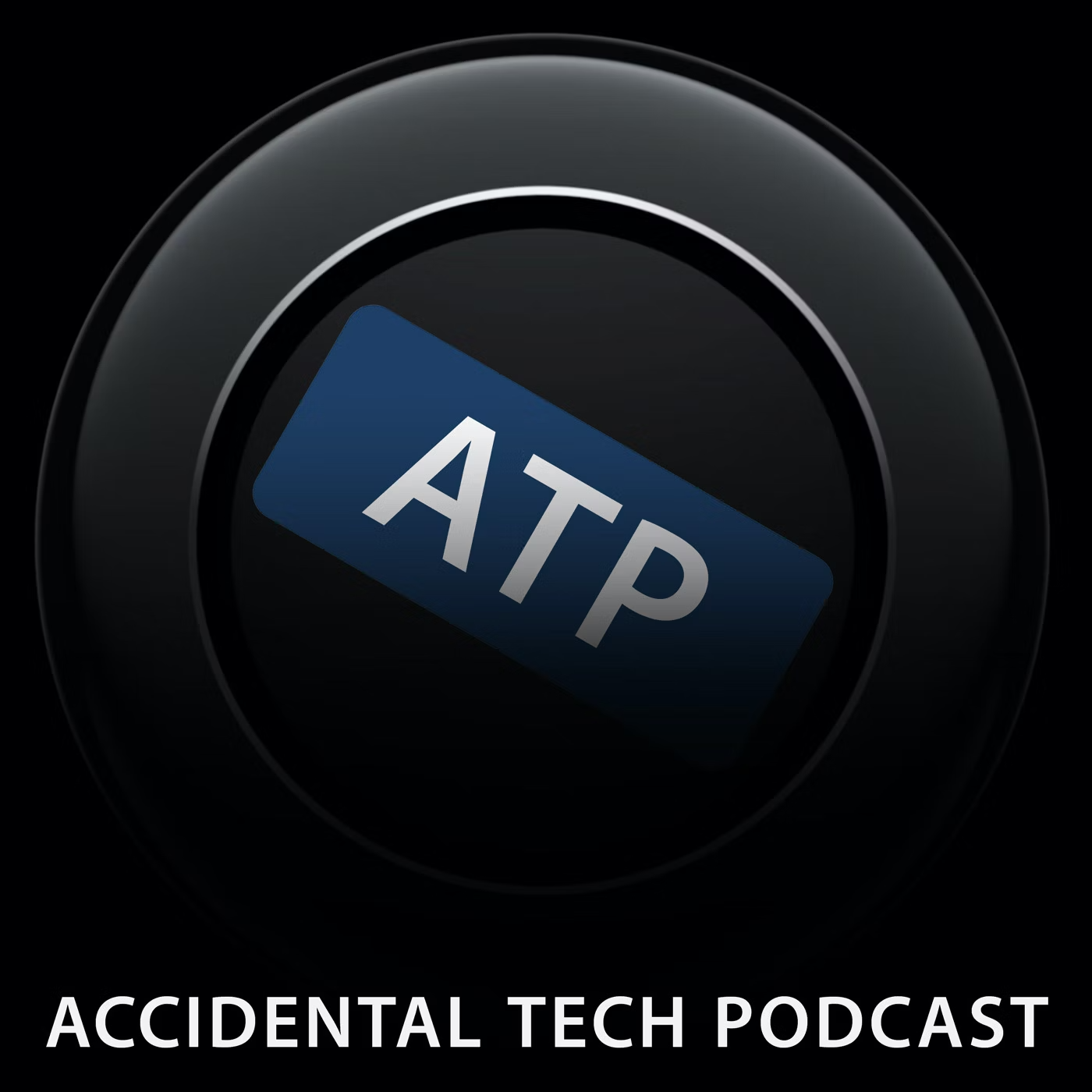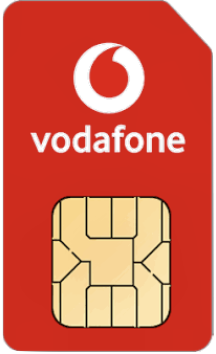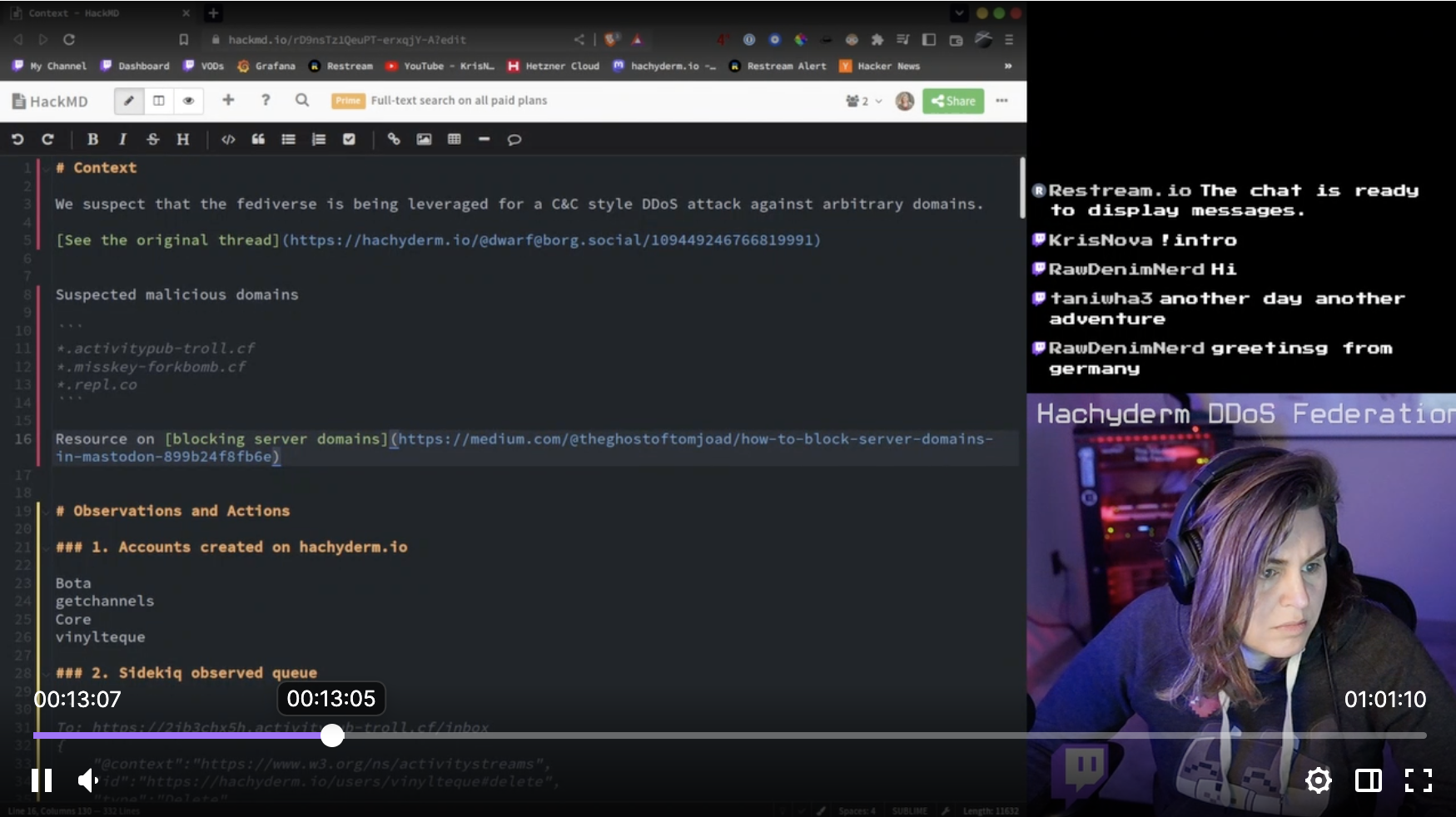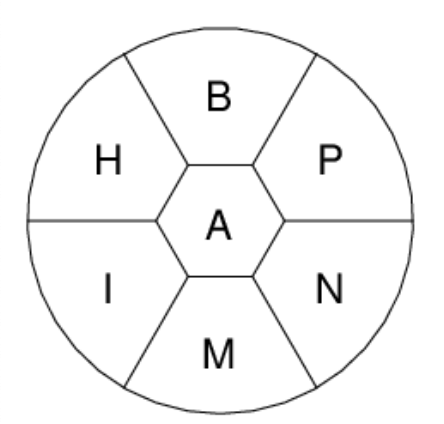My Love Letter to ATP

I listen to a fair number of podcasts. The Accidental Tech Podcast is my favorite by a mile.
It's the one that I look forward to every week. It comes out on Thursdays, often right when I'm leaving work. It's a sign that the weekend is right around the corner.
I'll get some of the reasons why out of the way quickly, the reasons particular to me and my tastes.
- The topic, the world of technology and all things around it, is right in my wheelhouse. It's my profession, but also my hobby. That's what got me in the door. If this stuff isn't your thing, then this podcast won't be either.
- They talk a lot about Apple products and that ecosystem, which where I spend my personal time.
- But they also cover a lot of issues that touch on the world of technology: business, law & politics, companies, social media. I like their descriptions, their take, their rants.
- They end up talking a lot about personal tech too. Like how to manage family photos and backups. The hard, fussy stuff that ends up taking up so much of our lives. For example, what's the best way to help parents deal with passwords. Hard stuff!
- I especially like tech-adjacent topics like home audio/video, home automation, and gaming.
But what I appreciate more than the content of ATP are the hosts and the care they take to produce a good show.
- They are friends. It's nice hanging out with people who like each other. It's kind of like we have permission to eavesdrop and be a part of that.
- They're not afraid to discuss their lives. Stuff like families and work/life stress. This is good stuff for me because I'm in the same life situation as them: middle-aged tech dads. But bringing their whole selves to the show is a bit of vulnerability that I appreciate.
- ATP is exceptionally well produced. I didn't appreciate this until I'd heard so many other podcasts that are produced terribly, with bad recordings or poorly mixed. Usually you have to turn to the corporate, fancy podcasts, but they also have lots of ads and are usually different kinds of shows.
- And the show is so well edited. They edit it without losing any of the content or the pacing, and sparing us all the awkward "um where were we" and technical futzing.
- They don't talk over each other. Part of this is discipline, part of this is just politeness. But also now that I've listened to the pre-edit "bootleg" a couple of times, I've come to appreciate how much of this is also fixed in the edit. Nice job Marco.
- They are respectful. They don't put people down, they aren't mean. When they kid each other it's in good fun.
- When (rarely) they wade into social justice or world events, they do so respectfully and thoughtfully. They understand that as three three cisgender white guys, it's good to have views to share, but also right to listen and help others.
- Their show is reliable. It's great that they keep to a regular format and schedule. It fits into the rest of your life and becomes something you count on.
- Finally, some small things: Yay for proper use of chapter markers, hardly anybody else uses them properly. And I like their their occasional forays into car talk, just because I like car stuff too.
Although they joke about how much of the show is devoted to feedback, it's one of my favorite parts. It shows that they listen and are learning. And they share that learning with all of us. A recent example was six minutes or so into Episode 570 when I learned how home power battery systems, when full, signal this by changing the frequency of AC power as a signal to solar panels to back off. Fascinating!
I like the members-only specials. It's OK with me that these are only available to members. They've been candid lately about ad revenue drying up and they could use the extra revenue channel. These episodes are a nice way to reward members. They've managed to do these without compromising the core show.
The best thing they ever did on ATP was getting a sponsor to send John toasters to review. And review he did! I didn't appreciate how many bad toasters there are, and how they can be bad for so many reasons. My favorite reason was poor knob feel.
Nice work John, Marco, and Casey. Please keep it up for a long, long time.




